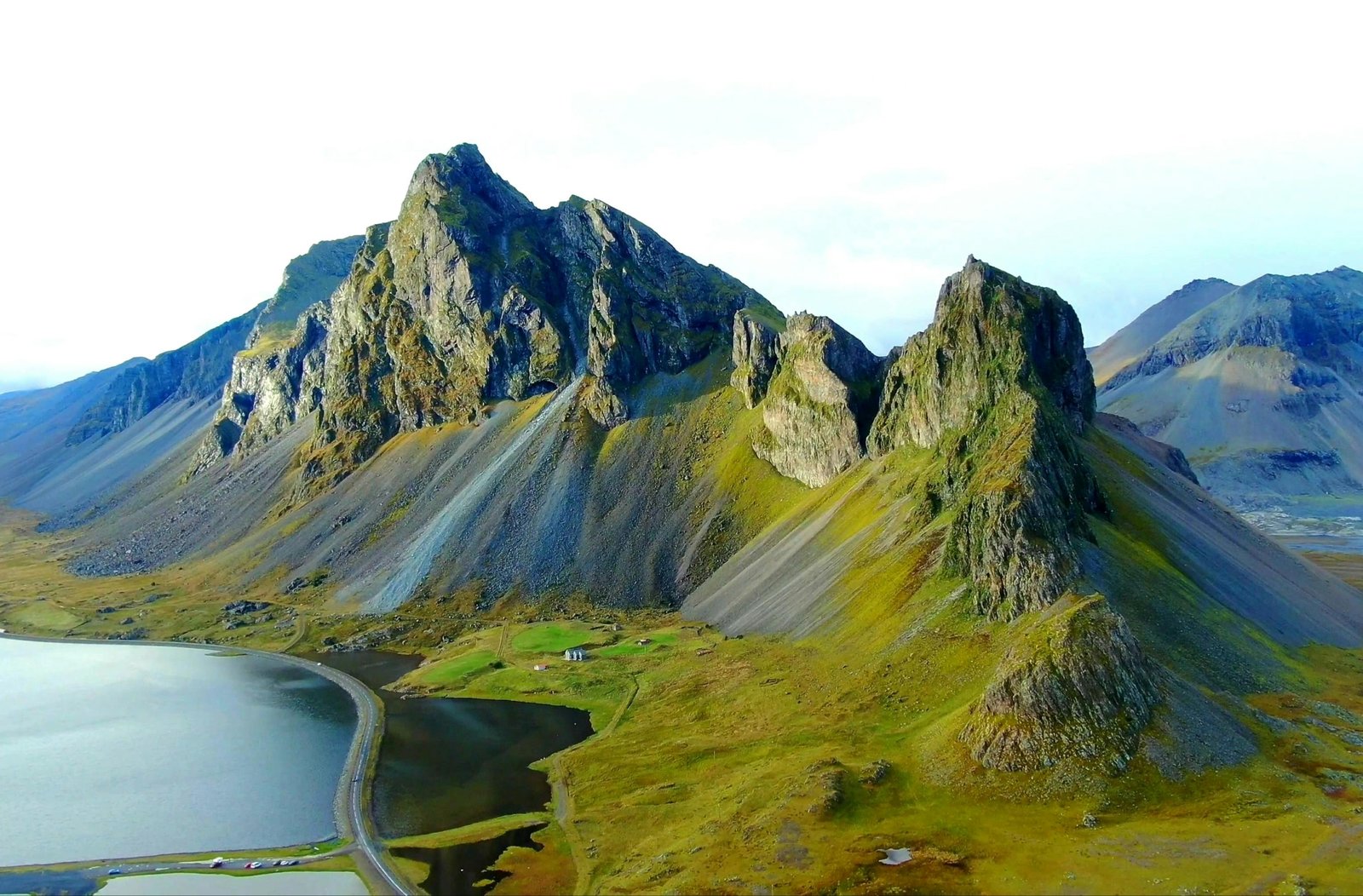When Is the Best Time to Travel to Iceland? Your Ultimate Guide
Deciding when is the best time to travel to iceland can be tough. The truth is, there is no single correct answer. However, the ideal time truly depends on what you want to experience. Iceland offers dramatically different landscapes and activities throughout the year. Therefore, your perfect trip depends on your personal preferences.
This guide will help you compare the seasons. Consequently, you can choose the perfect time for your adventure in the Land of Fire and Ice.
Iceland’s Two Main Seasons: A Quick Overview
Iceland essentially has two dominant seasons: a bright, green summer and a dark, snowy winter. The shoulder seasons in spring and autumn are short but offer a unique blend of both worlds.
Summer brings long days and milder weather. This makes it ideal for road trips and hiking. In contrast, winter offers a magical snowy landscape. It’s also the prime time to witness the incredible Northern Lights.
Summer in Iceland (June – August): Land of the Midnight Sun
Summer is Iceland’s most popular tourist season for good reason. The weather is at its best, and the country is fully accessible.
What to Expect in Summer
- Midnight Sun: Experience nearly 24 hours of daylight. This gives you more time to explore each day.
- Accessibility: All roads, including the rugged F-roads in the Highlands, are typically open.
- Wildlife: It’s the best time for whale watching and seeing puffins, which nest on coastal cliffs.
- Warmer Temperatures: Average temperatures range from 8-13°C (46-55°F).
The main drawback, however, is the crowds. Popular spots can be very busy, and prices for flights and accommodation are at their peak. Furthermore, you cannot see the Northern Lights due to the bright nights.
Winter in Iceland (October – March): Chasing the Northern Lights
Winter transforms Iceland into a breathtaking wonderland of ice and snow. It’s a completely different experience from summer, with its own unique appeal.
What to Expect in Winter
- Northern Lights (Aurora Borealis): The long, dark nights provide the perfect canvas for this spectacular natural light show.
- Ice Caves: Explore stunning natural blue ice caves within glaciers, which are only safe to enter in winter.
- Fewer Crowds: Enjoy major attractions with significantly fewer people around.
- Lower Prices: You’ll generally find better deals on flights and lodging.
On the other hand, the weather is cold and unpredictable. Daylight is limited to just a few hours a day in mid-winter. In addition, road closures due to snow and ice are common, which can affect your travel plans.
When is the best time to travel to Iceland for your budget?
If you want the best of both worlds, consider the shoulder seasons. These months are April-May (spring) and September-October (autumn).
During these periods, you’ll find lower prices and fewer tourists than in summer. In September and early October, for instance, you might still have enough daylight for exploring while also getting a chance to see the first Northern Lights of the season. Similarly, spring offers melting snows and the return of wildlife.
So, What’s the Final Verdict?
Ultimately, the best time for your trip is a personal choice. Here’s a simple summary to help you decide:
- For Hiking & Road Trips: Go in Summer (June-August).
- For Northern Lights & Ice Caves: Go in Winter (October-March).
- For Fewer Crowds & Lower Prices: Go in the Shoulder Seasons (April-May, September-October).
No matter when you decide to visit, Iceland’s stunning nature is sure to leave you speechless. So, start planning your adventure today!



